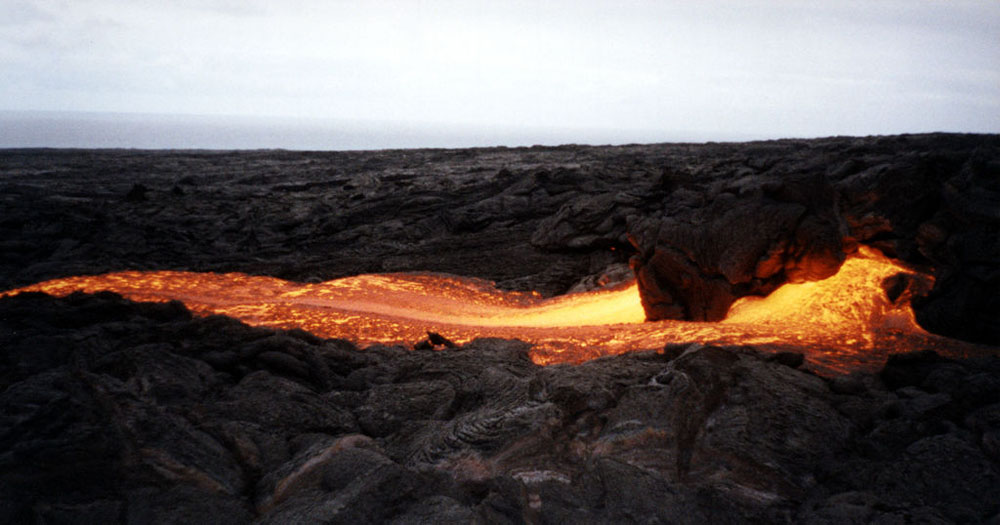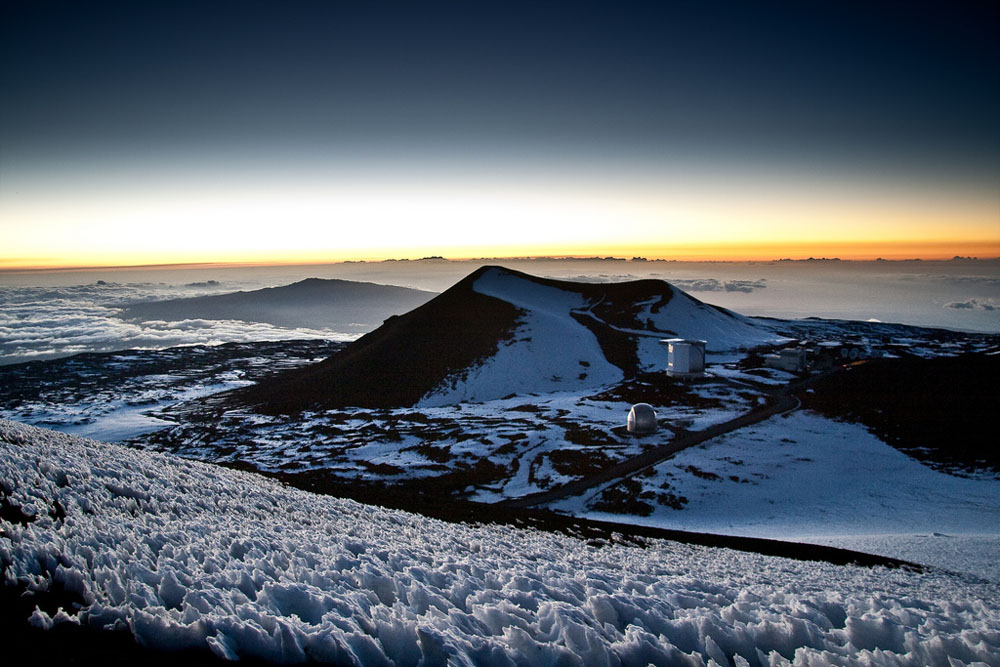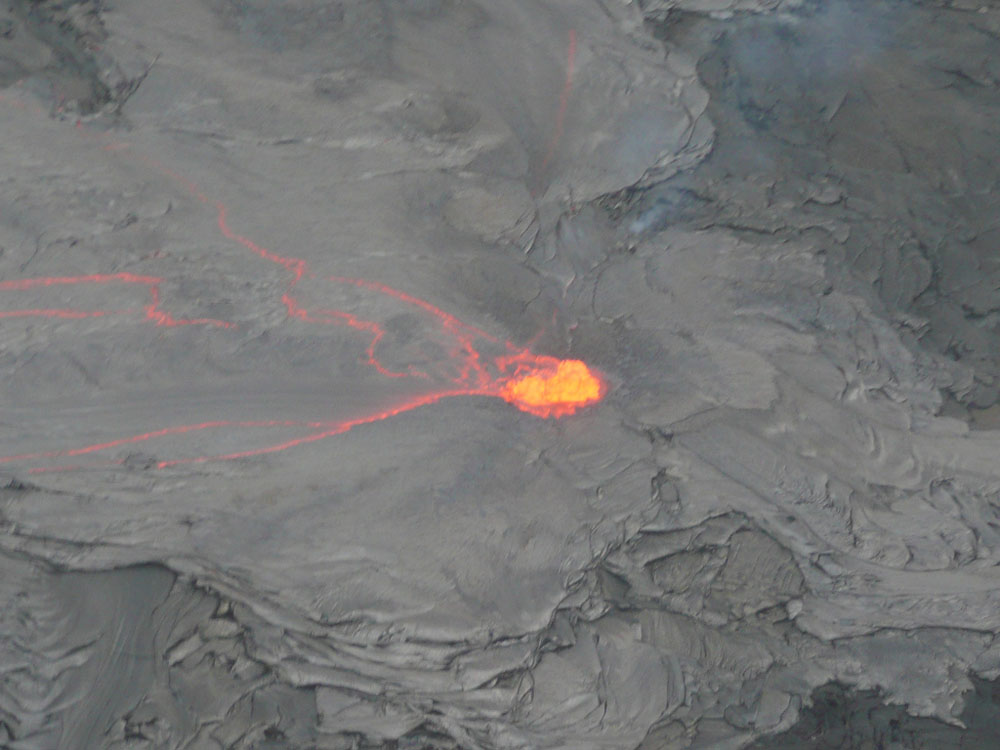
The entire Hawaiian Archipelago is the product of a few very active volcanoes. Each island is like a dollop of hardened lava that has been worn down over time. To the far north, Kauai has been around for 6 million years, making it oldest island with the finest, weather-worn soil. The Big Island, on the other hand, is less than 1 million years old and still riddled with hunks of volcanic rock.
The good news for tourists is that the volcanoes of Hawaii are considered safe by geologists, due to the fact that they’re always venting. A volcano that holds all of that pressure inside is like a natural time bomb, but the Hawaiian variety have no problem belching out hot magma and smoke from time to time. This is also good news for anyone who wants to see a volcano in action.
The sleeping giant

The most impressive Big Island volcano is Mauna Kea, which is the world’s tallest free-standing mountain if you count all of that real-estate building it did under the sea. On top of this 14,000-foot peak is the world’s biggest earth-bound telescope, capitalizing on the thin high-elevation atmosphere and the lack of light pollution at this remote location in the Pacific. If you look around any of the cities on the island, you’ll see yellow street lights that have been specially designed not to interfere with the work of the observatory.
You can drive all the way to the top of the mountain, where the permafrost moonscape is the main attraction. Trips to the peak of Mauna Kea can be organized from the Hilo or Kona side of the Big Island. Bear in mind that driving yourself there in a rental will probably void your insurance.
Active Big Island volcanoes

Mauna Kea is impressive, but a little anticlimactic compared to its relatives to the south. For the full-on fire-and-brimstone effect, the best place to go is Hawaii Volcanoes National Park on the southern side of the island. It’s closest to Hilo, but it’s possible to drive in from Kailua-Kona as well.
Opposite the “Saddle Road” from Mauna Kea is Mauna Loa, a sprawling peak that’s nearly as tall as its counterpart and still active. It hasn’t erupted since the 1980s, but scientists expect to hear more from Mauna Loa in the next few years.
But within volcano Big Island Hawaii national park, the real attraction is Kilauea crater. This fuming cauldron is responsible for the vog (short for ‘volcanic smog’) that occasionally settles over the Kona side. During active periods, it also issues red-hot lava flows that creep over the barren landscape and pour into the sea. Nothing compares to watching the island actively add acreage to its southern shores.
When it comes to catching volcanic activity on the Big Island, luck is a major factor. Even if the lava isn’t flowing at Volcanoes National Park, it’s still worth the visit just to see the hellish landscape. You can also check the national park’s website for updates on the latest volcanic activity.
Photos by: flavouz, Randy Stewart, schizoform
